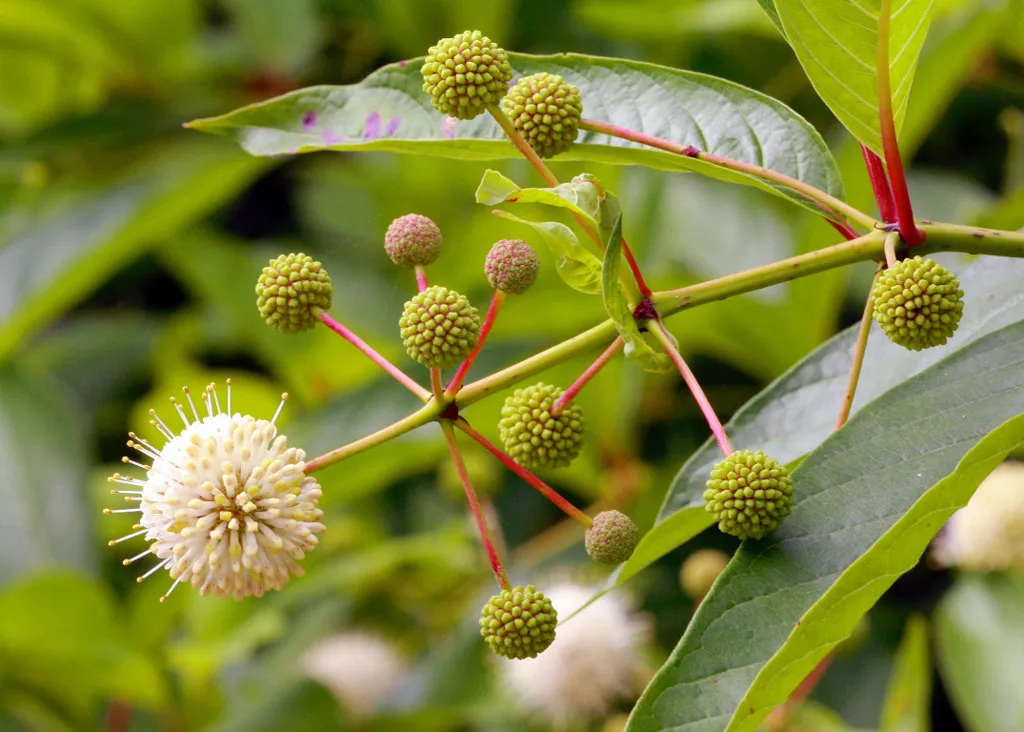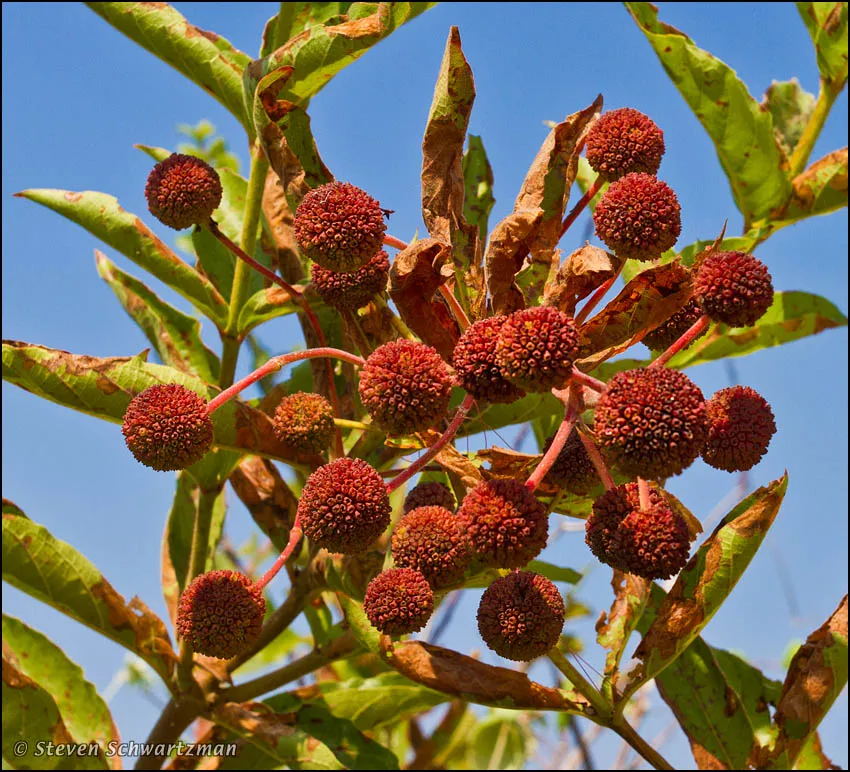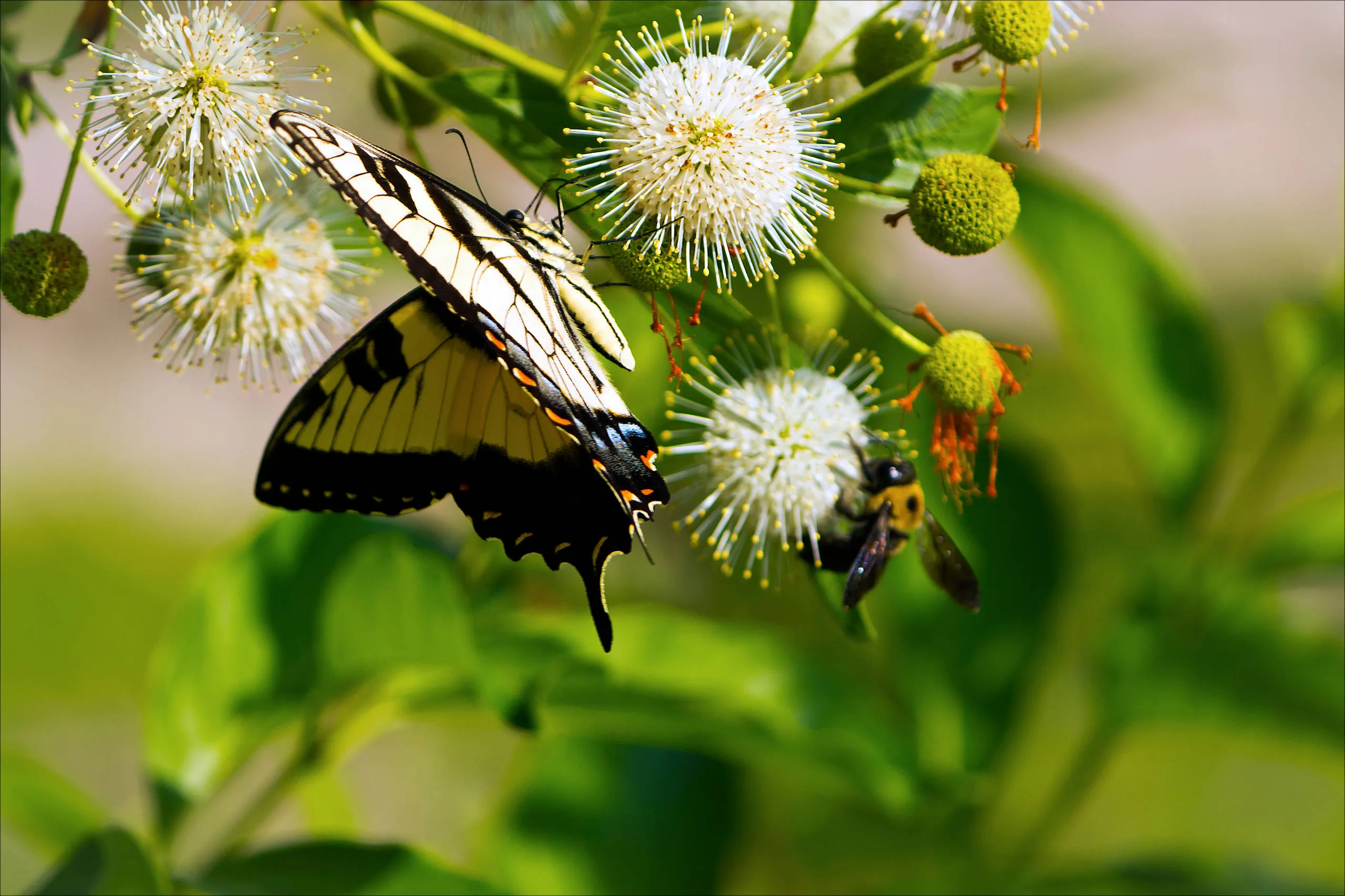
Buttonbush: The Late Summer Star That Shines as Fall Approaches
As autumn draws near and some summer blooms begin to fade, the wildlife around my garden still needs nourishment, and I’m looking for those last bursts of color. Enter the buttonbush, an often-overlooked shrub that meets both needs beautifully.
Known scientifically as Cephalanthus occidentalis and sometimes called the honey ball, buttonbush is the last plant to leaf out in spring and the final shrub to bloom in summer garden. But what it lacks in punctuality, it more than makes up for with its stunning, spherical white blossoms that resemble golf ball-sized Sputnik satellites. Against its deep green, glossy foliage, these blooms truly stand out as something from another world.

Native to eastern Canada and the continental United States—from Maine to Florida and westward to the Great Plains—buttonbush also pops up in parts of the Southwest and California, as well as Cuba and Central America. In these regions, it thrives in the wild near lakes and ponds—sometimes in standing water—and beneath larger shrubs and trees in the forest.
A Haven for Wetland Birds
Its seeds, fruits, and nectar sustain dozens of bird species, including hummingbirds and waterfowl, as well as butterflies, caterpillars, ground bees, honeybees, and smaller native bees. Some mammals, like beavers, nibble on the stems and leaves, though it’s generally considered deer-resistant (your results may vary). The shrub is hardy in USDA zones 5 through 9 or 10 and thrives in full sun, part sun, and even partial shade, though it flowers best in sunnier spots.

Buttonbush is adaptable to various conditions except drought. It prefers moist, well-drained soil and can even flourish in swampy areas, making it a fantastic alternative to the invasive butterfly bush (Buddleia). While Buddleia may seem tame in your garden, it often escapes via wind, water, and birds, spreading seeds that threaten native plants, particularly in areas south of zone 5. These endangered natives are crucial food sources for birds, pollinators, and other wildlife. If you’re currently growing a butterfly bush, consider replacing it with buttonbush.

Given its adaptability to wet environments, buttonbush can also be used in rain gardens and as an erosion control measure in soggy areas.
With its unique beauty and ecological benefits, buttonbush is a late-summer star that continues to shine as the season shifts, providing both visual appeal and vital support to the garden’s ecosystem.



